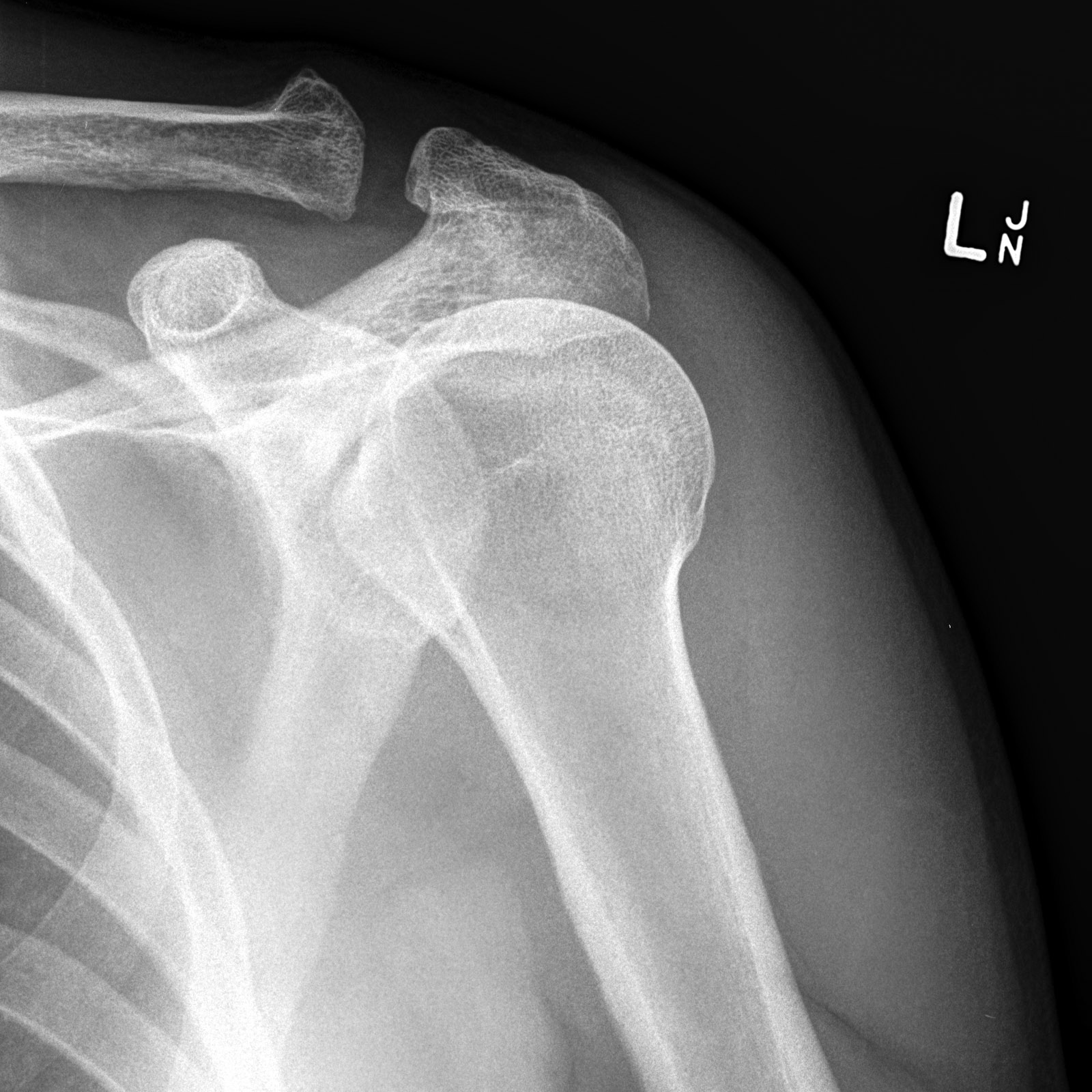
NORMAL SHOULDER 1
In a normal X-ray, the humeral head (upper arm bone) should be well-aligned with the glenoid (shoulder socket). 2. Fractures and Dislocations. Radiologists examine the X-rays for any signs of fractures or dislocations. A normal X-ray should show no evidence of broken bones or joints that have shifted out of place. 3. Joint Spaces.
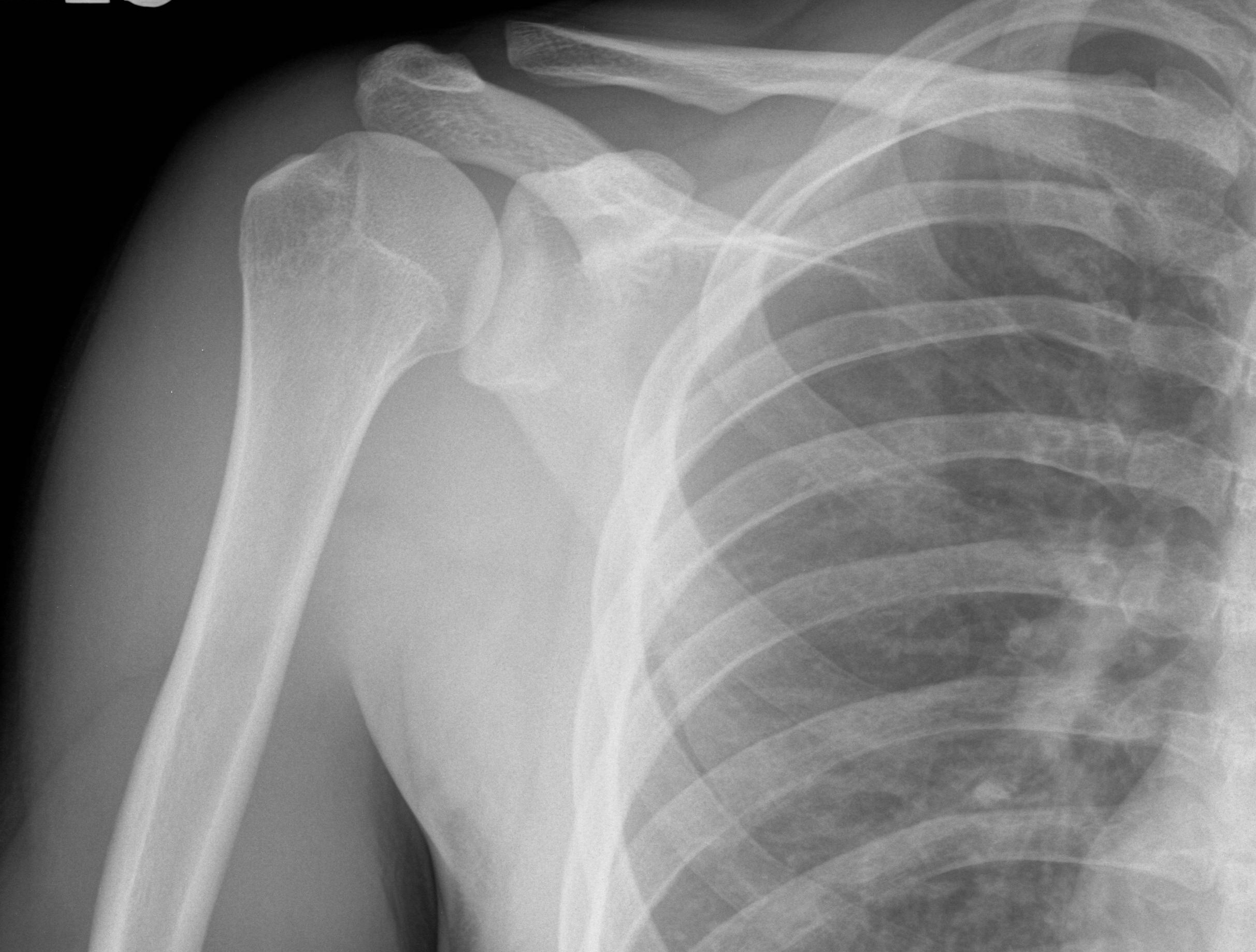
UCSD Musculoskeletal Radiology
Murphy A, Normal shoulder radiographs. Case study, Radiopaedia.org (Accessed on 09 Jan 2024) https://doi.org/10.53347/rID-53052
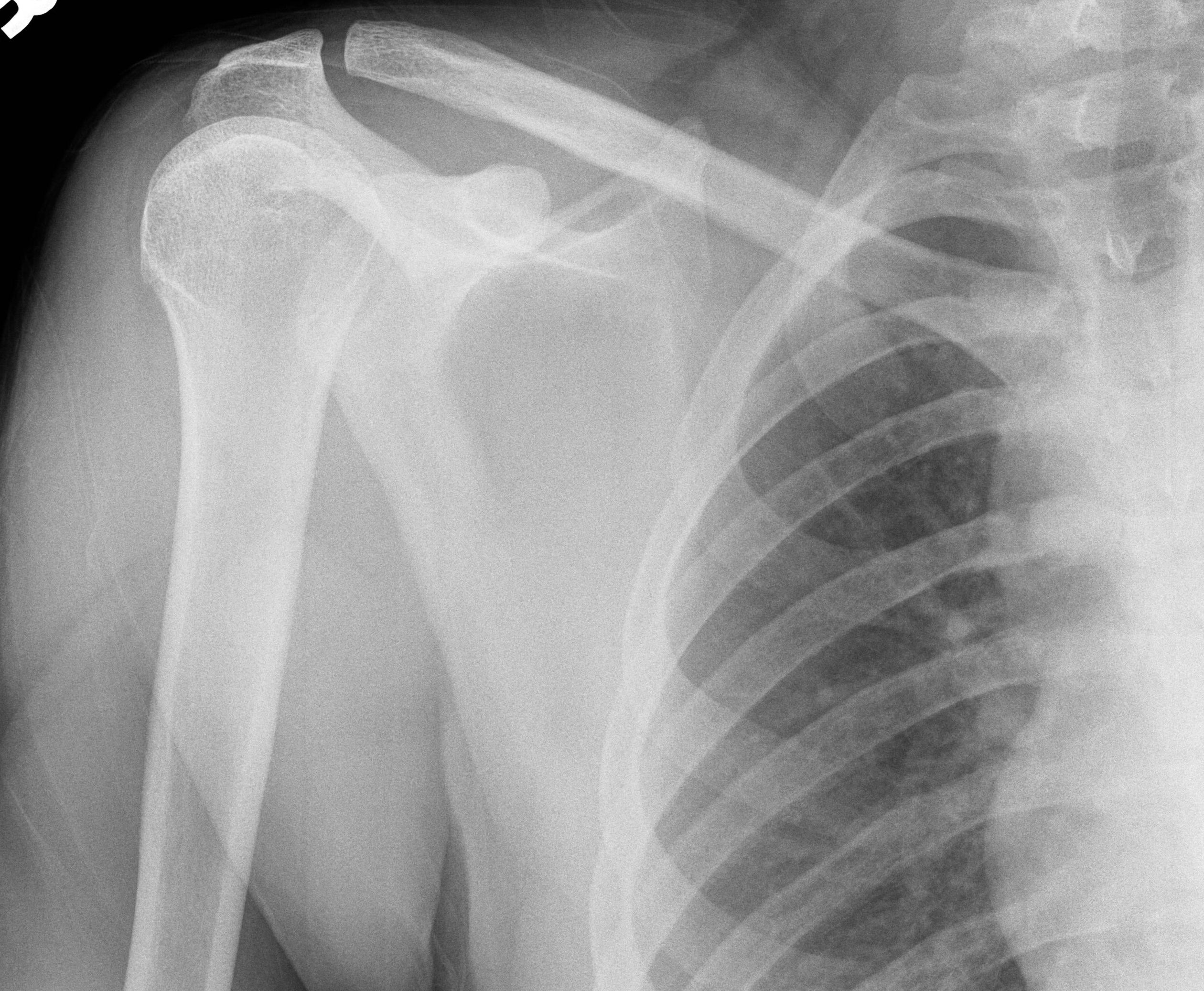
UCSD Musculoskeletal Radiology
Gaillard F, Normal shoulder. Case study, Radiopaedia.org (Accessed on 12 Jan 2024) https://doi.org/10.53347/rID-7505

Arthroscopy Shoulder Joint Complete Orthopedics Multiple NY Locations
The shoulder is passively abducted in the scapular plane to 90°. The examiner's other hand is placed over the patient's shoulder overlying the anterior acromion and greater tuberosity. The examiner passively internally and externally rotates the shoulder detecting the presence of palpable crepitus.
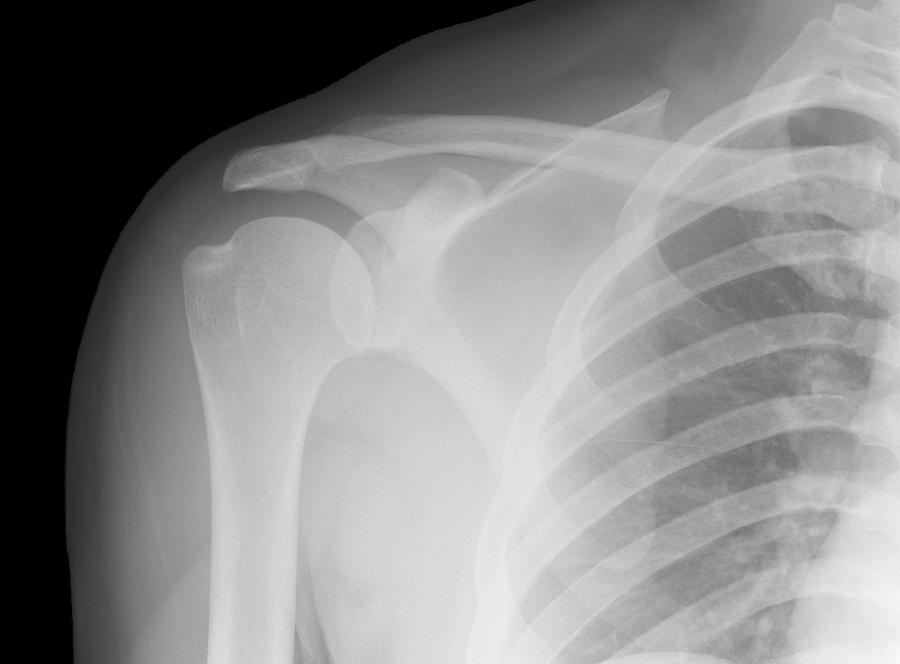
Normal Shoulder, Xray Photograph by Du Cane Medical Imaging Ltd
Typical X-ray findings in posterior shoulder dislocation include: AP view: the glenohumeral joint will be widened and the humeral head will take on a classic "light bulb" appearance due to forced internal rotation of the humerus. Lateral view: the humeral head will lie posterior to the glenoid fossa. Figure 5.

Shoulder AP Internal XRAY ubicaciondepersonas.cdmx.gob.mx
Case Discussion. Additional to joint alignment and fractures, shoulder radiographs should be assessed for rotator cuff calcification, as it can present with acute shoulder pain.

Normal shoulder Image
Citation, DOI, disclosures and article data. Normal radiographic measurements of the shoulder are important in the evaluation of the osseous relationships in plain radiography. Normal measurements do not rule out pathology and must be considered in the context of other findings and the clinical presentation. acromioclavicular (AC) joint space.

real shoulder xray anatomy Diagram Quizlet
Shoulder radiographs are often the only imaging exam necessary for the evaluation of acute shoulder trauma, calcific tendonitis, arthritis, and osteolysis of distal clavicle (in athletes) [ 1 ]. Computed tomography — Computed tomography (CT) of the shoulder is usually reserved for evaluation of fracture/fracture-dislocation or for a.
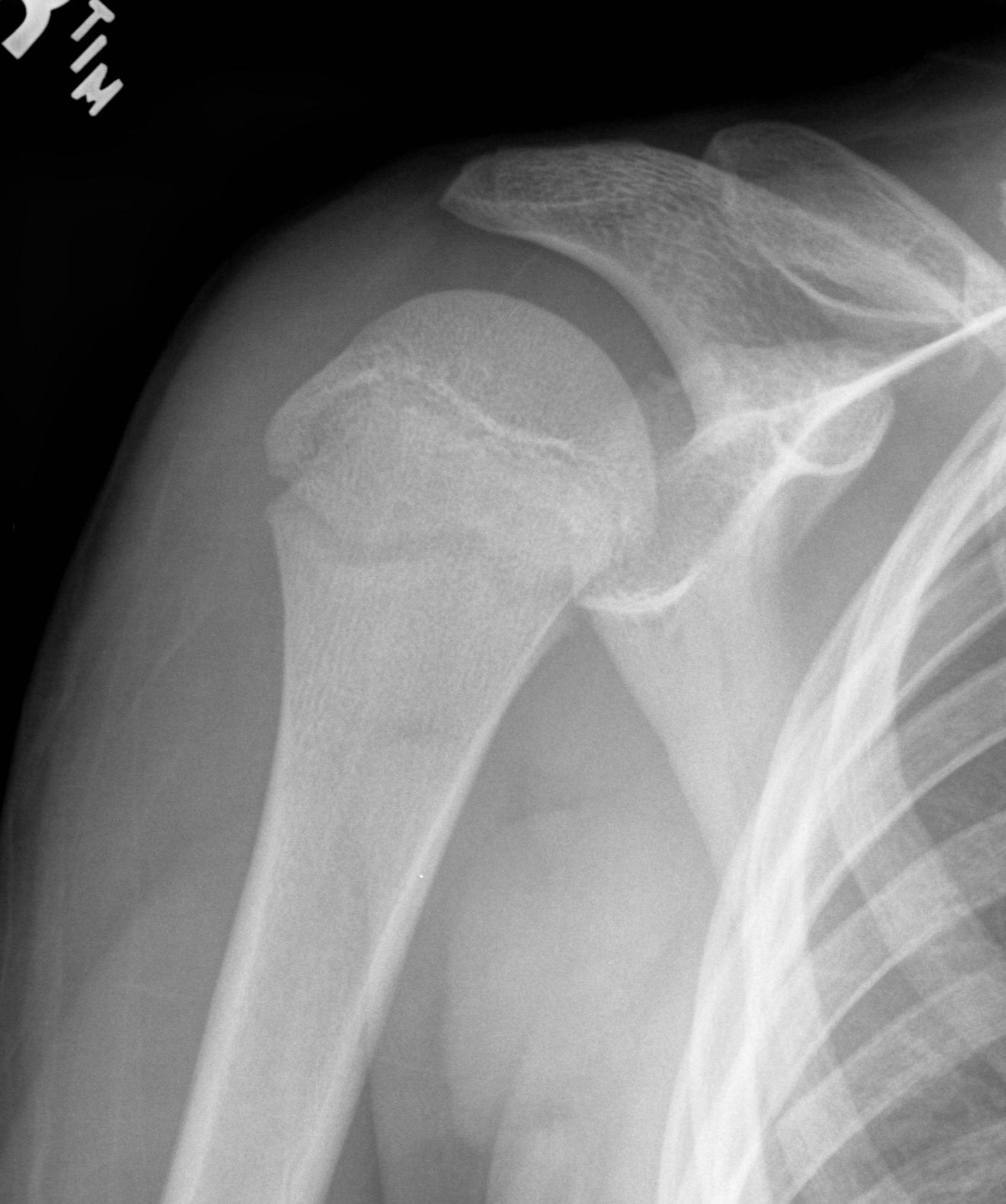
UCSD Musculoskeletal Radiology
Look for disruption or a buckle in the cortex or any fracture fragments. They should all be smooth. The clavicle is a good bone to start with - it is by far the most common paediatric shoulder injury. Midshaft fractures account for 80% of clavicle fractures. Make sure there are no distal or medial fractures as they can often be subtle.
NORMAL CHILD SHOULDER
Citation, DOI, disclosures and case data. Scroll or drag your finger down to reveal the radiographic anatomy for each shoulder view. The normal osseous anatomy is outlined.

Image
Citation, DOI, disclosures and article data. The shoulder series is fundamentally composed of two orthogonal views of the glenohumeral joint including the entire scapula. The extension of the shoulder series depends on the radiography department protocols and the clinical indications for imaging.

Shoulder Xray Interpretation Radiology Geeky Medics
A normal shoulder x ray will demonstrate the bones of the shoulder to have expected normal appearance without breaks, bone lesions, or abnormal bone structure. The head of the humerus or upper arm will be positioned within the socket of the shoulder. The clavicle will be aligned with the acromion or upper edge of the shoulder blade (scapula).

437.1 shoulder NorMal1 Normal shoulder Xray series Flickr
The vast majority of people believe that shoulder X-rays are a good way to determine what's causing shoulder pain. Stress, among other things, can make your shoulder muscles quite cranky. Many doctors also say that an X-ray is a good way to investigate shoulder pain. They might find things like medial acromial and lateral clavicular sclerosis.

X Ray Normal Shoulder
Your shoulder joint can move in more directions than any other joint in your body. A normal shoulder X-ray will show the bones that make up this ball-and-socket joint: Humerus (upper arm bone). Scapula (shoulder blade), which connects to the humerus. Acromion (a piece of bone that projects off the scapula). Clavicle (collarbone), which connects.

Shoulder Xrays The Bone School
A video tutorial in interpreting radiographs of the shoulder joint and surrounding areas. This is the second video in a series of five by TeachMeAnatomy -- h.
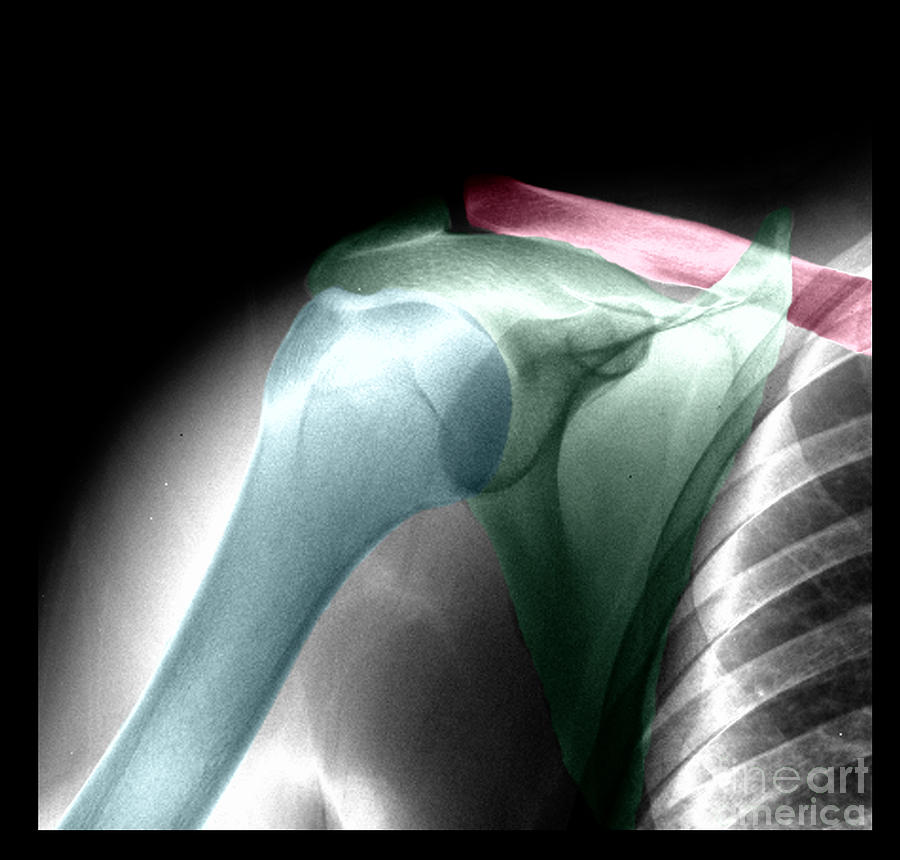
Normal Shoulder, Xray Photograph by Living Art Enterprises
Fig. 3.1. Anteroposterior shoulder radiograph. While achieving anteroposterior shoulder X-ray in neutral position, the patient is erect or in supine position. Central X-ray should be directed to 2.5 cm inferior to the coracoid process. Anteroposterior shoulder view allows assessment of especially the humeral head lesions and clavicular fractures.